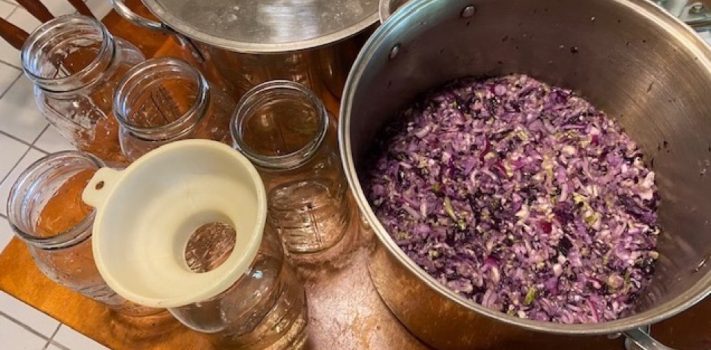No Ammo, No Primers, No Problem! – Part 3, by M.B.
(Continued from Part 2.) FOR SHOTGUN PRIMERS ONLY You will need the following to recharge shotgun shell primers: Large (3/8-inch or larger) hex nut – Depriming stand for shotgun shells and assembly holder for shotgun primers. A 1/4-inch hole is drilled in one of the flats for the primer body. Used with the C-clamp for pressing the primer cup into the body, the open space in the middle of the nut allows gases to vent if the primer “pops” during assembly. 8mm Nylock nut – Supports a fired shotgun primer to aid disassembly. Small nail with point cut off flat …











